Taking advantage of the unique properties of zinc oxide nanowires, researchers have demonstrated a new type of piezoelectric resistive switching device in which the write-read access of memory cells is controlled by electromechanical modulation. Operating on flexible substrates, arrays of these devices could provide a new way to interface the mechanical actions of the biological world to conventional electronic circuitry.
Jul 26th, 2011
Read more
Working in collaboration with the RhineMain Polytechnic, materials scientists at the TU Darmstadt have developed an extremely sensitive explosives sensor that is capable of detecting even slight traces of the high-explosive chemical compound pentaerythritol tetranitrate (PETN). Terrorists had employed PETN in several attacks on commercial aircraft.
Jul 26th, 2011
Read more
Materialwissenschaftler der TU Darmstadt haben in Zusammenarbeit mit der Hochschule RheinMain einen ausserordentlich sensiblen Sprengstoffsensor entwickelt. Dieser kann geringste Spuren der hochexplosiven Chemikalie Pentaerythrityltetranitrat (PETN) nachweisen. Terroristen hatten PETN bei mehreren Anschlagsversuchen auf Flugzeuge eingesetzt.
Jul 26th, 2011
Read more
Students at Universities of Birmingham, Oxford and Sheffield to work on Nanotechnology projects with Oxford Photovoltaics, Domino UK and Stryker Corporation.
Jul 26th, 2011
Read more
Prof. Dr. Juergen Popp und Prof. Dr. Stefan Heinemann von der Uni Jena haben den ersten Teil eines umfassenden Handbuchs zur Biophotonik herausgebracht. Das Handbook of Biophotonics Bd. 1 erklaert die naturwissenschaftlichen Grundlagen der Licht-Materie-Interaktion und soll so die Zusammenarbeit von verschiedenen wissenschaftlichen Disziplinen in der Biophotonik erleichtern.
Jul 26th, 2011
Read more
Spin caloritronics describes a new area of research: What happens if you heat a magnet?
Jul 26th, 2011
Read more
The nomination process for the 2011 Foresight Institute Feynman Prize is now open.
Jul 25th, 2011
Read more
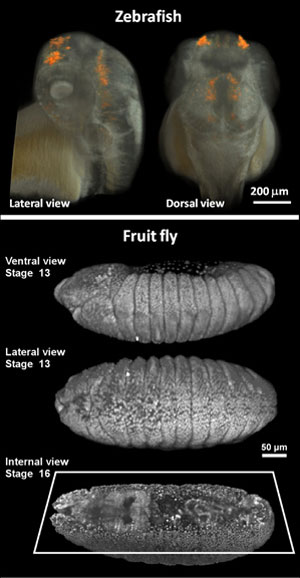 Looking to improve upon current methods of imaging, researchers from the California Institute of Technology (Caltech) have developed a novel approach that could redefine optical imaging of live biological samples by simultaneously achieving high resolution, high penetration depth (for seeing deep inside 3D samples), and high imaging speed.
Looking to improve upon current methods of imaging, researchers from the California Institute of Technology (Caltech) have developed a novel approach that could redefine optical imaging of live biological samples by simultaneously achieving high resolution, high penetration depth (for seeing deep inside 3D samples), and high imaging speed.
Jul 25th, 2011
Read more
Commissioner Maire Geoghegan-Quinn announced nearly EUR 7 billion to kick-start innovation through research. The European Commission's biggest ever such funding package, under the EU's Seventh Framework Programme for Research (FP7), is expected to create around 174 000 jobs in the short-term and nearly 450 000 jobs and nearly EUR 80 billion in GDP growth over 15 years. EUR 488 million for nanotechnologies will focus on areas such as factories of the future, green cars and energy efficient buildings.
Jul 25th, 2011
Read more
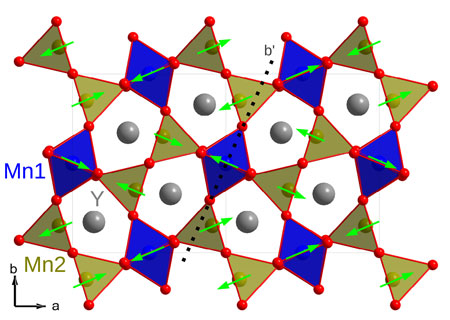 New multiferroic mechanism could lead to next-generation memory and sensing devices.
New multiferroic mechanism could lead to next-generation memory and sensing devices.
Jul 25th, 2011
Read more
One of the Starting Grants awarded by the European Research Council (ERC) in its latest funding round has gone to Professor Achim Hartschuh, who works at the Faculty of Chemistry and Pharmacology at LMU Munich. Hartschuh receives the award for a project entitled "New tools for nanoscale optical spectroscopy - Functional imaging of single nanostructures using antennas".
Jul 25th, 2011
Read more
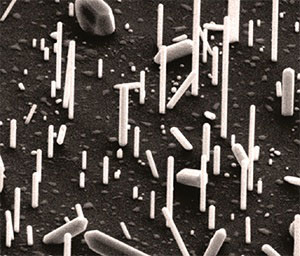 Ferromagnetic iron germanide nanowires grown on graphene could serve as spin injection contacts for graphene-based spintronics.
Ferromagnetic iron germanide nanowires grown on graphene could serve as spin injection contacts for graphene-based spintronics.
Jul 25th, 2011
Read more
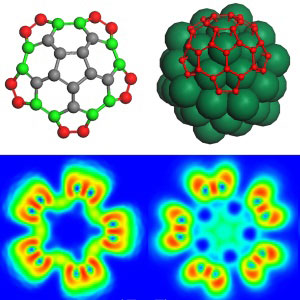 Charge transfer between metal and growing carbon structures directs the growth of carbon nanotubes and their electronic properties.
Charge transfer between metal and growing carbon structures directs the growth of carbon nanotubes and their electronic properties.
Jul 25th, 2011
Read more
MIT researchers have found a way to improve the energy density of a type of battery known as lithium-air (or lithium-oxygen) batteries, producing a device that could potentially pack several times more energy per pound than the lithium-ion batteries that now dominate the market for rechargeable devices in everything from cellphones to cars.
Jul 25th, 2011
Read more
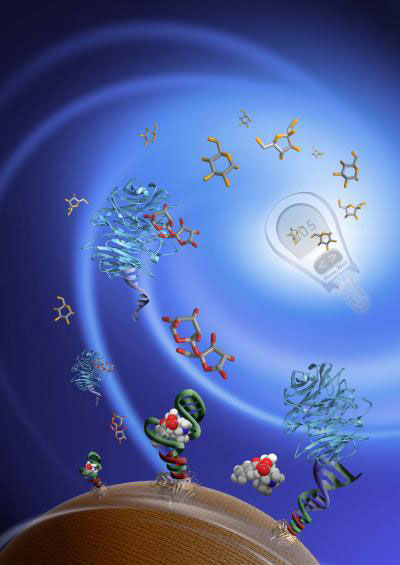 Glucose meters aren't just for diabetics anymore. Thanks to University of Illinois chemists, they can be used as simple, portable, inexpensive meters for a number of target molecules in blood, serum, water or food.
Glucose meters aren't just for diabetics anymore. Thanks to University of Illinois chemists, they can be used as simple, portable, inexpensive meters for a number of target molecules in blood, serum, water or food.
Jul 24th, 2011
Read more
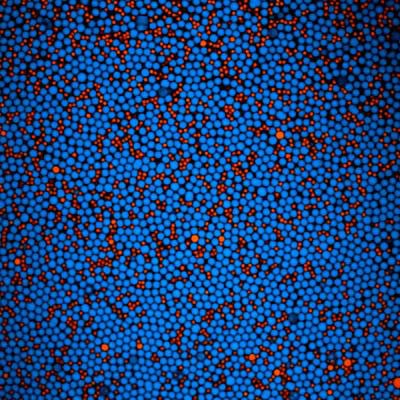 Latex paints and drug suspensions such as insulin or amoxicillin that do not need to be shaken or stirred may be possible thanks to a new understanding of how particles separate in liquids, according to Penn State chemical engineers, who have developed a method for predicting the way colloidal components separate based on energy.
Latex paints and drug suspensions such as insulin or amoxicillin that do not need to be shaken or stirred may be possible thanks to a new understanding of how particles separate in liquids, according to Penn State chemical engineers, who have developed a method for predicting the way colloidal components separate based on energy.
Jul 24th, 2011
Read more







 Subscribe to our Nanotechnology News feed
Subscribe to our Nanotechnology News feed